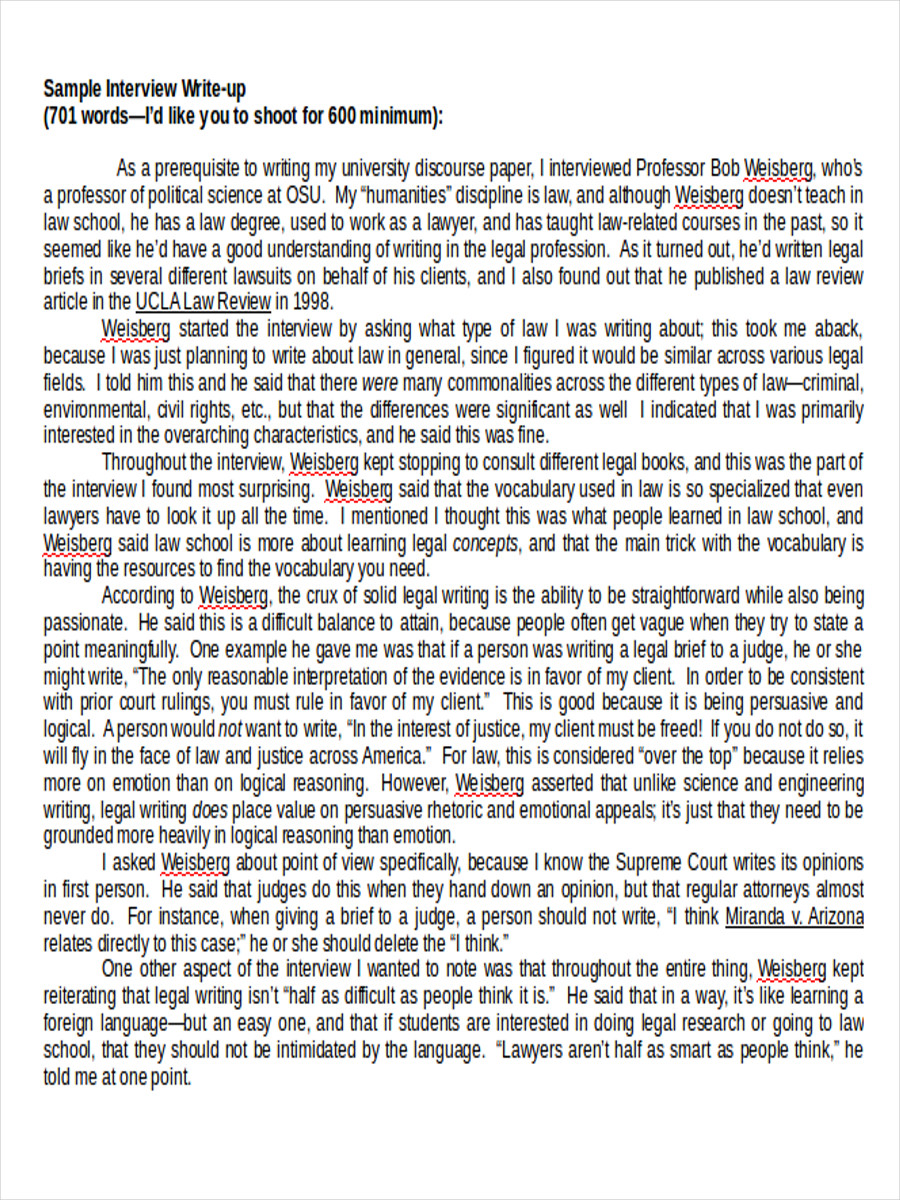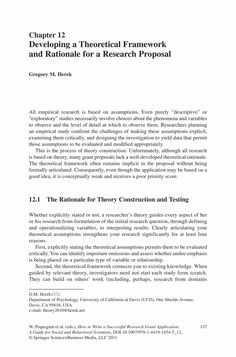

- Sample codebook for qualitative research software#
- Sample codebook for qualitative research code#
If you have borrowed an old, vandalised library book with heavy highlighting, underlining, and notes throughout the book then you have seen other people’s attempts at ‘open coding’. You are probably very familiar with open coding: We engage in a form of open coding everytime we read a book, and then underline sections and make notes in the margin.
Sample codebook for qualitative research code#
Open coding generally involves reading through all your primary source material, highlighting important sections, and attaching a preliminary code to that section. Generally we start a coding process by engaging in open coding, where we develop our own codes inductively, as we first examine the texts or images we are analysing.
Sample codebook for qualitative research software#
A range of software is available for qualitative analysis, including NVivo, Atlas.ti, and Dedoose, but often scissors and a highlighter, or cutting and pasting into a Word document are the only tools the qualitative research needs to analyse their data.Ģ.2.1 Open coding: The first read of your data. Narrative or sequence analyses involve identifying a chain of events or actions or objects that run through a case (or cases). Analytical comparison involves comparing cases, with a particular focus on finding the characteristics unique to cases that have a particular outcome. Deductive theorising involves attempting to classify your data into an existing theory, a theory normally found in the existing academic literature. Inductive theorising involves letting your theory emerge from your data, as you are reviewing it. There are a range of more advanced techniques for qualitative analysis, which involve ways of relating your data to your theories (patterns or explanations). We generally write up qualitative analysis by transforming our most important codes or themes into small sections of our paper - normally 3 to 10 themes in length, often each a subheading - and for each theme we provide a short explanation, and then an illustrative quote (see selective coding). At this point we know we can stop data collection and/or data analysis. Saturation - or more accurately, theoretical saturation - occurs when reviewing new documents reveals no new themes (i.e. no new codes). 
Analytic memos are notes written by the researcher, for themselves, about the coding process and the patterns they see emerging.When we just pull out the most important quotes for use in our final text, this is selective coding. When we use a well organised codebook, with definitions and examples, this is called axial coding. When we create the codes as we go, this is called open coding. To do this we review our primary data closely, and classify it using codes, which is a fancy word for names or tags on highlighted sections of text (or images).

The main technique we use to analyse words and images is thematic analysis.







 0 kommentar(er)
0 kommentar(er)
